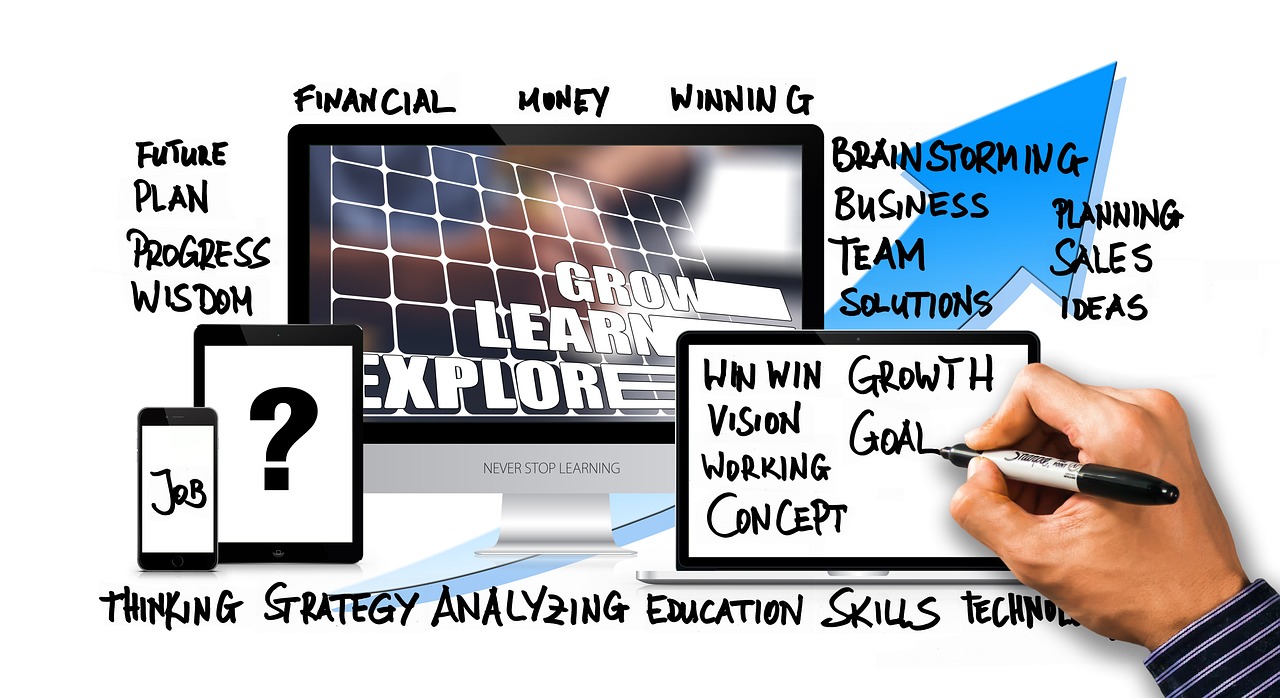Virtual Reality (VR) headsets have revolutionized the way we experience digital content, moving us beyond flat screens and into immersive 3D environments. From gaming and entertainment to education and training, VR technology is rapidly transforming industries and creating new possibilities. This guide delves into the world of VR headsets, exploring their types, capabilities, and future potential, helping you understand the technology and make informed decisions.
Understanding VR Headsets: A Gateway to Immersive Experiences
What is a VR Headset?
A VR headset is a device that provides the user with an immersive, three-dimensional environment by blocking out the real world and displaying a virtual one. It typically includes:
- Two small screens that display slightly different images to create a stereoscopic 3D effect.
- Lenses to focus the image and provide a wide field of view.
- Motion sensors to track the user’s head movements, allowing the virtual environment to react accordingly.
- Optional built-in headphones or headphone jacks for immersive audio.
How VR Headsets Work
VR headsets work by tricking your brain into believing you are in a different place. The stereoscopic display provides depth perception, while head tracking allows the virtual environment to move with you, creating a sense of presence. The refresh rate (measured in Hz) of the display is crucial for a smooth and comfortable experience; higher refresh rates reduce motion sickness. For example, the Oculus Quest 2 has a refresh rate of up to 120Hz.
Types of VR Headsets
There are generally three categories of VR headsets, each with its own advantages and disadvantages:
Standalone VR Headsets
These headsets are self-contained units with everything needed for VR built-in, including:
- Processors
- Displays
- Batteries
- Tracking sensors
- Examples: Oculus Quest 2, Meta Quest 3, Pico 4
- Benefits:
- Portability: No need for a PC or smartphone.
- Ease of Use: Simple setup and operation.
- Affordability: Generally more affordable than PC VR setups.
- Drawbacks:
- Limited Processing Power: Graphics and performance may be lower than PC VR.
- Battery Life: Limited by battery capacity.
PC VR Headsets
These headsets require a connection to a powerful gaming PC to function. They rely on the PC for processing power and rendering graphics.
- Examples: Valve Index, HTC Vive Pro 2, HP Reverb G2
- Benefits:
- High-Fidelity Graphics: Superior visual quality and performance compared to standalone VR.
- Access to a Wider Range of Games and Applications: More complex and demanding VR experiences are possible.
- Advanced Features: Often offer more advanced tracking and input methods.
- Drawbacks:
- Cost: Requires a high-end PC, which can be expensive.
- Setup: More complex setup and configuration.
- Tethered Experience: The cable connecting the headset to the PC can restrict movement.
Mobile VR Headsets (Less Common Now)
These headsets use a smartphone as the display and processor. The phone is inserted into the headset, and the headset provides lenses and head tracking.
- Examples: Google Cardboard, Samsung Gear VR (discontinued)
- Benefits:
- Affordability: Very inexpensive compared to other VR options.
- Portability: Lightweight and easy to carry.
- Drawbacks:
- Low Performance: Limited by the smartphone’s processing power.
- Limited Functionality: Fewer features and capabilities compared to standalone and PC VR.
- Compatibility Issues: Only compatible with specific smartphones.
Key Features to Consider When Choosing a VR Headset
When selecting a VR headset, several factors should be taken into consideration to ensure the best possible experience:
Display Resolution and Refresh Rate
- Resolution: Higher resolution displays provide sharper and more detailed images, reducing the “screen door effect” (seeing the individual pixels). Look for headsets with at least 1832 x 1920 pixels per eye for a good experience.
- Refresh Rate: A higher refresh rate (measured in Hz) results in smoother motion and reduces motion sickness. Aim for a refresh rate of at least 90Hz.
Field of View (FOV)
- FOV: The field of view refers to the extent of the virtual world you can see. A wider FOV enhances immersion. Generally, an FOV of 100 degrees or more is desirable.
Tracking and Input
- Inside-Out Tracking: The headset uses built-in cameras to track its position and movement in space, eliminating the need for external sensors. Most modern standalone and PC VR headsets use inside-out tracking.
- External Tracking: Requires external sensors (base stations) to track the headset and controllers. This can provide more accurate and precise tracking, but requires a more complex setup.
- Controllers: The controllers allow you to interact with the virtual environment. Consider the ergonomics, button layout, and tracking accuracy of the controllers. Some headsets also support hand tracking, allowing you to interact with the virtual world using your bare hands.
Comfort and Ergonomics
- Weight: A lighter headset is more comfortable to wear for extended periods.
- Fit: The headset should fit snugly and securely without putting too much pressure on your face.
- Adjustability: Look for headsets with adjustable straps, interpupillary distance (IPD) adjustment, and facial interfaces to accommodate different head sizes and shapes.
VR Applications Across Industries
VR technology is being adopted across various industries, offering innovative solutions and enhancing user experiences.
Gaming and Entertainment
- Immersive Gaming: VR games provide a level of immersion that is simply not possible with traditional gaming. Examples include Beat Saber, Half-Life: Alyx, and Resident Evil 4 VR.
- Virtual Concerts and Events: Experience live performances and events from the comfort of your home.
- Interactive Storytelling: Explore interactive narratives and become a part of the story.
Education and Training
- Simulations: VR simulations provide realistic and risk-free training environments for professionals in fields such as medicine, aviation, and engineering. For example, surgeons can practice complex procedures in a virtual operating room.
- Virtual Field Trips: Explore historical sites, museums, and natural wonders without leaving the classroom.
- Interactive Learning: Engage with educational content in a more interactive and immersive way.
Healthcare
- Pain Management: VR can be used to distract patients from pain during medical procedures or chronic pain conditions.
- Rehabilitation: VR-based rehabilitation programs can help patients recover from injuries or strokes.
- Mental Health Therapy: VR can be used to treat anxiety disorders, phobias, and PTSD by exposing patients to simulated environments in a controlled setting.
Real Estate and Architecture
- Virtual Tours: Allow potential buyers or renters to explore properties remotely.
- Design Visualization: Visualize architectural designs and make changes before construction begins.
- Construction Training: Train construction workers on safety procedures and equipment operation in a virtual environment.
The Future of VR Headsets
The future of VR headsets is bright, with ongoing advancements in technology and increasing adoption across industries.
- Higher Resolution and Refresh Rates: Expect to see VR headsets with even higher resolution displays and refresh rates, providing a more immersive and comfortable experience.
- Wireless Connectivity: Wireless VR headsets will become more prevalent, eliminating the need for cables and providing greater freedom of movement.
- Improved Tracking and Input: More accurate and precise tracking systems, as well as advanced input methods such as hand tracking and eye tracking, will enhance the user experience.
- Increased Accessibility: VR headsets will become more affordable and accessible to a wider audience.
- Metaverse Integration:* VR will play a crucial role in the development of the metaverse, creating immersive virtual worlds where people can interact, socialize, and work. Statista projects the metaverse market to reach nearly $680 billion by 2030.
Conclusion
VR headsets are powerful tools that offer incredible immersive experiences and practical solutions across numerous industries. By understanding the different types of headsets, key features, and applications, you can make informed decisions and unlock the potential of virtual reality. As technology continues to evolve, VR headsets will undoubtedly play an increasingly important role in shaping the future of entertainment, education, training, and beyond.




